The launch of Pradhan Mantri Surya Ghar Yojana (PMSGY) is a quantum leap towards India’s bright solar future, increasing the country’s rooftop solar capacity by more than 50% in just six months, says a new report by the Institute for Energy Economics and Financial Analysis (IEEFA) and JMK Research & Analysis.
The central government unveiled the PMSGY in February 2024 with a total scheme outlay of INR 75,021 crore. The scheme provides an increased subsidy support for residential consumers opting for rooftop solar systems, aiming to help install 30 GW of rooftop solar capacity across 10 million households in just three years.
The report states that in its first six months, PMSGY has attracted 13 million registrations and 1.8 million applications, leading to 385,000 installations aggregating to about 1.8 GW of new capacity. When PMSGY was launched, residential installations comprised just 3.2 GW or 27% of India’s total rooftop solar capacity. To meet its 30 GW target by 2027, 8-10 GW will need to be added annually.
“The growth of the decentralised energy market in India (of which rooftop solar is a crucial component) will be critical to unlocking energy independence and ensuring energy security. With 8-10 GW annual installations targeted under PMSGY, it will contribute immensely to India reaching its overall renewable energy target of 500 GW by 2030,” said the report’s contributing author, Vibhuti Garg, Director – South Asia, IEEFA.
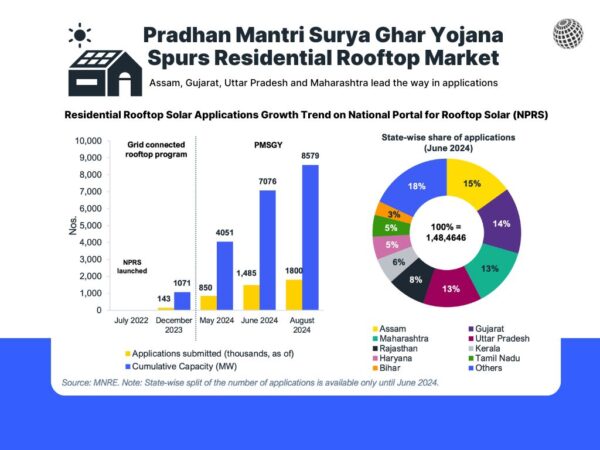
Source: IEEFA/JMK Research
The report finds that the strong push from the central government has already helped address one key hurdle to residential rooftop installations in the past, which is financing. The number of financers has risen from just a handful a few years ago to more than 25, including all leading private and public sector banks, non-banking financial institutions (NBFCs) and fintech companies.
“Greater financial incentives, more financing options and better access to capital are some of the key factors that have driven the strong initial response to the PMSGY,” says the report’s co-author, Jyoti Gulia, founder, JMK Research.
“Several financiers are focusing on industry-wide tie-ups with project-executing entities and equipment suppliers, offering a one-stop solution to rooftop solar consumers. For financers, this ensures supply chain reliability, enhanced cost dynamics and the ability to tap a broader consumer base by leveraging the skills of multiple entities involved,” says Gulia.
PMSGY has also increased the central financial assistance (CFA) for systems below 3 kilowatt-peak (kWp) capacity, set stringent process timelines and integrated with the National Portal for Rooftop Solar (NPRS) to provide a streamlined digitised experience for consumers.
The residential sector is expected to experience the fastest growth in rooftop solar installations, driven by strong government initiatives like the Pradhan Mantri Surya Ghar Yojana (PMSGY), which aims to install 30 GW across 10 million households in three years.
Obstacles remain, particularly policy inconsistencies between states, such as local network charges or subsidy removal and technical issues with the NPRS since its integration into PMSGY.
“Differing regulations across states and their widely varying interpretations by state DISCOMs are ongoing challenges,” says the report’s co-author, Prabhakar Sharma, senior consultant, JMK Research.
“There are concerns over a need for more supply-side support in the underdeveloped and overpriced DCR modules [wherein both the PV cells and modules are domestically manufactured] market. In addition, technical issues such as NPRS glitches and weak distribution transmission infrastructure negatively affect consumer confidence,” he adds.
As per the report, the PV cell manufacturing capacity in India is just over 8 GW, far less than the annual solar demand. Hence, there will likely be a shortage in the supply of DCR modules, especially in the price-sensitive residential rooftop solar segment.
Nonetheless, market stakeholders say there has never been a better time to invest in rooftop solar due to a confluence of factors, such as falling solar module prices, strong government support and financers offering a one-stop solution for consumers.
The report finds that the growth of the decentralised energy market – of which rooftop solar is a crucial component – will be critical to India’s energy independence and energy security.
“Adoption of residential rooftop solar is a “win-win” scenario, resulting in significant savings for consumers and state distribution companies (DISCOMs) on cross-subsidisation costs and reduced aggregate technical and commercial losses,” says the report’s contributing author, Gaurav Upadhyay, Energy Finance Analyst – India Sustainable Finance, IEEFA.
“The potential of solar energy on Indian rooftops is immense. Realising this potential will require collaboration and cooperation among all stakeholders in the market, including regulators, distributors, financiers, engineering, procurement and construction (EPC) companies, developers and consumers, to build a vibrant and resilient decentralised energy ecosystem in India,” he adds.
This content is protected by copyright and may not be reused. If you want to cooperate with us and would like to reuse some of our content, please contact: editors@pv-magazine.com.
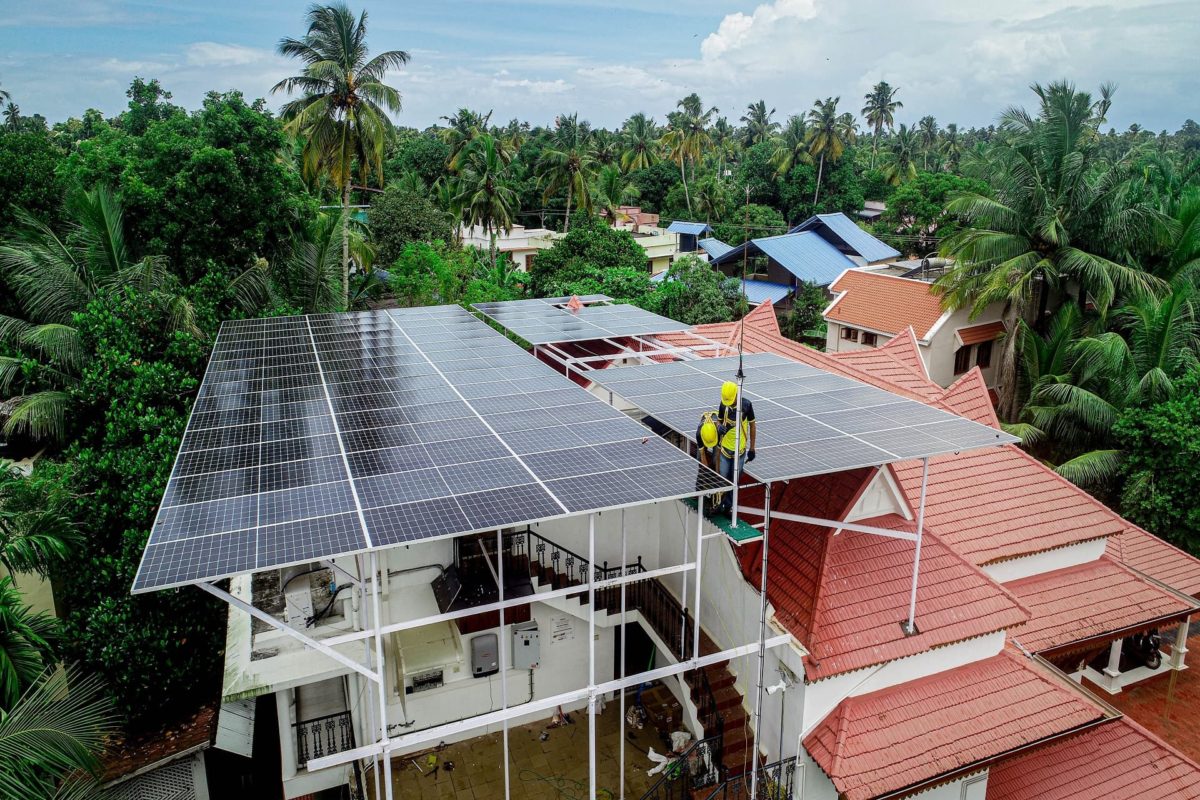



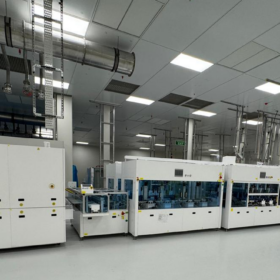
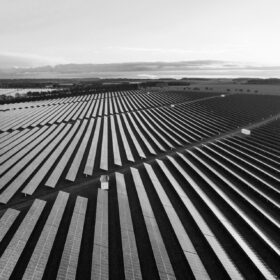

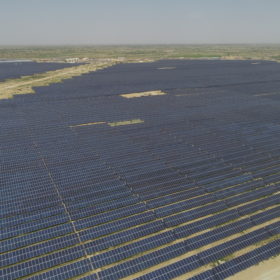
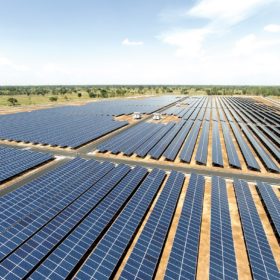
By submitting this form you agree to pv magazine using your data for the purposes of publishing your comment.
Your personal data will only be disclosed or otherwise transmitted to third parties for the purposes of spam filtering or if this is necessary for technical maintenance of the website. Any other transfer to third parties will not take place unless this is justified on the basis of applicable data protection regulations or if pv magazine is legally obliged to do so.
You may revoke this consent at any time with effect for the future, in which case your personal data will be deleted immediately. Otherwise, your data will be deleted if pv magazine has processed your request or the purpose of data storage is fulfilled.
Further information on data privacy can be found in our Data Protection Policy.